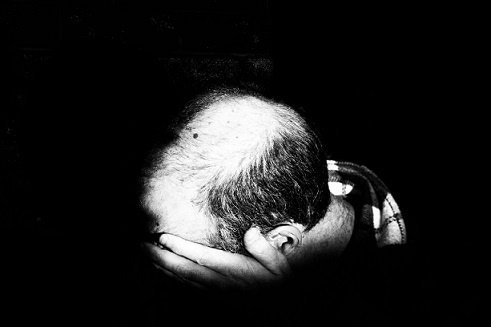A trial comparing placebo, 5% and 10% minoxidil solution on the scalps of men experiencing male pattern baldness surprisingly found that the efficacy of minoxidil was not dose-dependant as 5% minoxidil was significantly more effective at regrowing hair than 10% minoxidil1.
Topical minoxidil is currently the only approved treatment for androgenetic alopecia (male pattern baldness) that does not alter serum hormone levels, as the only other approved treatment is oral finasteride which reduces the endogenous production of potent male hormone, dihydrotestosterone2. Therefore, this treatment is of great interest in the large community of males combatting androgenetic alopecia (AGA).
This study included a total of 90 men with AGA, placed into 3 groups: 0% (placebo), 5% and 10% treatment with minoxidil solution1 (for reference, 5% minoxidil is the most common commercially available minoxidil formula). The treatment lasted 36 weeks, and the placebo group experienced almost no change in vertex (crown) and frontal hair counts1. As expected, the 5% and 10% minoxidil groups experienced regrowth1. However, surprisingly, 5% minoxidil was 9 times more effective at regrowing vertex hair than 10% minoxidil1. Furthermore, 5% minoxidil was slightly more effective than 10% at regrowing frontal hair1. Lastly, skin irritation and hair shedding (this is observed in scalp hair prior to regrowth during minoxidil treatment) was more prominent in the 10% minoxidil group than the 5% minoxidil group1.
These findings are very surprising given that there is usually a dose-response relationship with increasing dose of drug corresponding to an increase in the desired outcome of the drug as well as increase in side effects, not a decrease in desired outcome as observed in this study. These results indicate that there may be an optimal concentration of minoxidil solution which provides maximal hair regrowth for the scalp and increasing beyond this threshold reduces regrowth. This suggests that the higher concentrations of minoxidil like 10% and higher that can be found easily online and are often experimented with in the communities experiencing hair loss, should be avoided as they have worse safety profiles and also less benefits.
***
References:
- Ghonemy S Alarawi A., and Bessar, H. 2021. Efficacy and safety of a new 10% topical minoxidil versus 5% topical minoxidil and placebo in the treatment of male androgenetic alopecia: a trichoscopic evaluation. Journal of Dermatological Treatment. Volume 32, 2021 – Issue 2. DOI: https://doi.org/10.1080/09546634.2019.1654070
- Ho CH, Sood T, Zito PM. Androgenetic Alopecia. [Updated 2021 May 5]. In: StatPearls [Internet]. Treasure Island (FL): StatPearls Publishing; 2021 Jan-. Available from: https://www.ncbi.nlm.nih.gov/books/NBK430924/
***






































